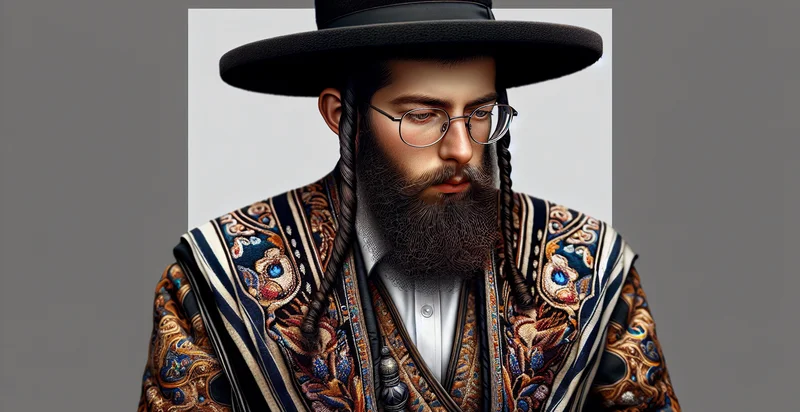Identify historic observatory
using AI
Below is a free classifier to identify historic observatory. Just upload your image, and our AI will predict what type of historic observatory it is - in just seconds.

Contact us for API access
Or, use Nyckel to build highly-accurate custom classifiers in just minutes. No PhD required.
Get started
import nyckel
credentials = nyckel.Credentials("YOUR_CLIENT_ID", "YOUR_CLIENT_SECRET")
nyckel.invoke("historic-observatory", "your_image_url", credentials)
fetch('https://www.nyckel.com/v1/functions/historic-observatory/invoke', {
method: 'POST',
headers: {
'Authorization': 'Bearer ' + 'YOUR_BEARER_TOKEN',
'Content-Type': 'application/json',
},
body: JSON.stringify(
{"data": "your_image_url"}
)
})
.then(response => response.json())
.then(data => console.log(data));
curl -X POST \
-H "Content-Type: application/json" \
-H "Authorization: Bearer YOUR_BEARER_TOKEN" \
-d '{"data": "your_image_url"}' \
https://www.nyckel.com/v1/functions/historic-observatory/invoke
How this classifier works
To start, upload your image. Our AI tool will then predict what type of historic observatory it is.
This pretrained image model uses a Nyckel-created dataset and has 20 labels, including Apache Point, Carnegie, Chile, Craig Telescope, Greenwich, Hailey, Harvard, Kitt Peak, Lascaux and Lick.
We'll also show a confidence score (the higher the number, the more confident the AI model is around what type of historic observatory it is).
Whether you're just curious or building historic observatory detection into your application, we hope our classifier proves helpful.
Related Classifiers
Need to identify historic observatory at scale?
Get API or Zapier access to this classifier for free. It's perfect for:
- Cultural Heritage Preservation: This function can be employed by museums and cultural organizations to verify the authenticity of historical images. By flagging false images, institutions can ensure that the artifacts and works they display are accurately represented, preserving the integrity of cultural heritage.
- Academic Research Validation: Researchers studying historical artifacts can use this image classification tool to validate photographs used in their studies. It helps in distinguishing between genuine images and digitally manipulated or misidentified counterparts, ensuring reliable findings and conclusions.
- Online Marketplace Security: E-commerce platforms can deploy this technology to prevent the listing of falsely represented historical items. By classifying images accurately, they can safeguard buyers from purchasing counterfeit artifacts and create a more trustworthy buying experience.
- Social Media Content Moderation: Social media platforms can implement this classification function to detect and flag false historical images shared in user-generated content. This not only combats misinformation but also promotes responsible sharing of historical data among users.
- Education and E-Learning: Educational institutions can integrate this tool into e-learning platforms to ensure that visual materials presented in history courses are accurate. This aids educators in providing quality content while minimizing the spread of misinformation related to historical events.
- Digital Archiving and Research Libraries: Libraries and archival institutions can utilize this classification function to cleanse their digital collections of inaccurately labeled historical images. By confirming image authenticity, they enhance the reliability and accuracy of their resources for researchers and the public.
- Media and Journalism Fact-Checking: News organizations can leverage this function during the fact-checking process to authenticate historical images used in articles. It serves as an additional layer of verification, promoting responsible journalism and maintaining public trust in news outlets.


